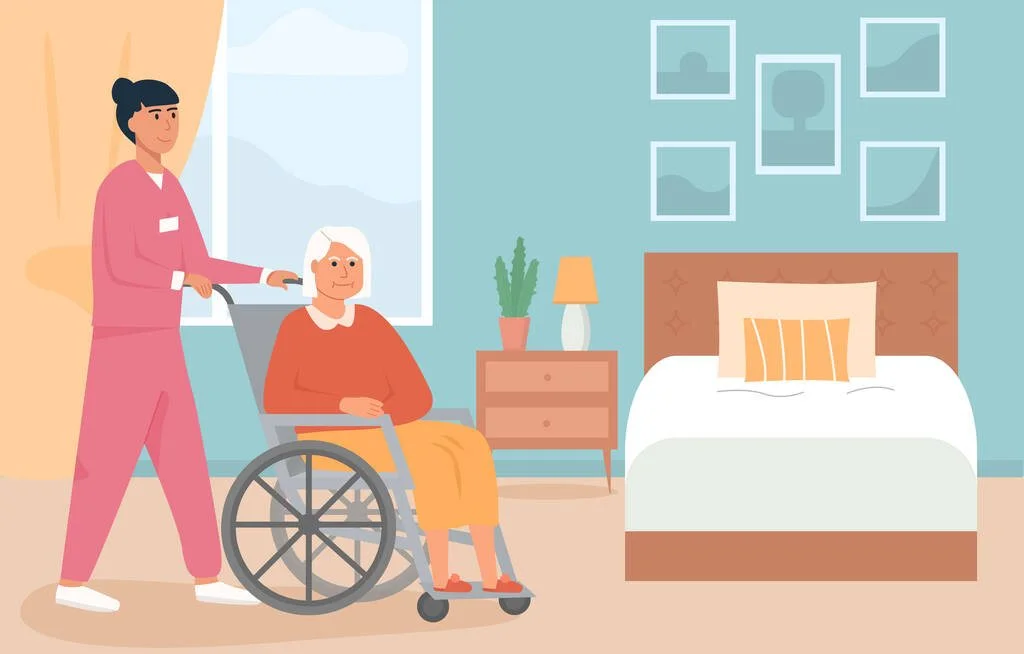Hospice care at home provides a compassionate way for individuals with terminal illnesses to spend their final days in a familiar and comfortable environment. It’s a choice that many families make, prioritizing quality time and emotional support over clinical settings. But what are the costs and coverage options for hospice care at home?
The Essence of Hospice Care at Home
Imagine the comfort of your own bed, surrounded by loved ones, while receiving professional medical care. That’s the essence of hospice care at home. It’s about more than just medical support; it’s about creating a nurturing space for the patient and their family. For instance, consider Mary, a 72-year-old with advanced cancer. Her family chose hospice care at home, allowing her to spend her last days with her grandchildren, reading stories and enjoying her garden. This choice gave Mary peace and her family precious memories.
Breaking Down the Costs
The costs of hospice care at home can vary widely, depending on several factors. These include the level of care required, the specific services provided, and the duration of care. Typically, hospice care involves a team of professionals: doctors, nurses, social workers, and spiritual advisors. Each plays a crucial role in ensuring the patient’s comfort and dignity. For example, John’s family found that the costs were manageable because Medicare covered a significant portion of the expenses. They had a clear understanding of what was covered and what wasn’t, which made planning easier.
Insurance and Coverage Options
Understanding insurance and coverage options is essential when considering hospice care at home. Medicare, Medicaid, and many private insurance plans offer comprehensive coverage for hospice care. Medicare’s hospice benefit, for instance, covers almost all aspects of hospice care, including doctor services, nursing care, medical equipment, and medications related to the terminal illness. However, there are often misconceptions about what is covered. For example, respite care is covered for up to five days, giving family caregivers a much-needed break. Jane, whose father received hospice care at home, shared how relieved she was to discover that her insurance covered most of the costs, allowing her to focus on spending quality time with him instead of worrying about finances.
Out-of-Pocket Expenses
Despite insurance coverage, there may still be some out-of-pocket expenses. These can include costs for additional services not covered by insurance, like certain medications or home modifications to accommodate medical equipment. It’s crucial to have a detailed discussion with the hospice care provider about any potential out-of-pocket costs. Sarah’s experience with her mother’s hospice care at home highlights the importance of this. She found that while most services were covered, they needed to budget for additional personal care services to ensure her mother was comfortable and well-cared for at all times.
Emotional and Psychological Costs
While the financial aspects are significant, it’s also important to consider the emotional and psychological costs of hospice care at home. Caring for a loved one in their final days can be emotionally taxing for family members. Support services such as counseling and support groups can be invaluable during this time. Mark, who cared for his wife at home, shared how weekly support group meetings helped him cope with the emotional stress, providing a space to share experiences and gain strength from others in similar situations.
Real-Life Benefits of Hospice Care at Home
Hospice care at home offers numerous benefits beyond financial considerations. It allows patients to maintain a sense of normalcy and dignity in their final days. Family members can participate more actively in care, creating a stronger support network. Take, for example, Lisa’s story. Her father’s wish was to stay at home, surrounded by his family and pets. Hospice care made that possible, giving him comfort and joy until the very end. Lisa recalls how the hospice team provided not just medical care, but also emotional support, helping her family navigate the difficult journey with grace.
Conclusion: Making the Right Choice
Choosing hospice care at home is a deeply personal decision, influenced by various factors including costs, coverage, and the specific needs of the patient. Understanding these aspects can help families make informed decisions, ensuring their loved ones receive the best possible care in their final days. Remember, hospice care at home is not just about managing symptoms; it’s about providing holistic support that encompasses physical, emotional, and spiritual landing well-being. It’s about honoring the wishes of the patient and creating a peaceful, dignified environment for their final journey.

